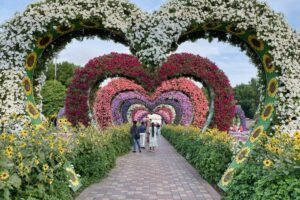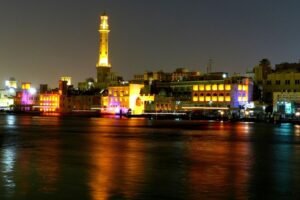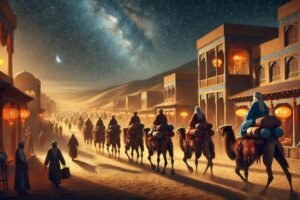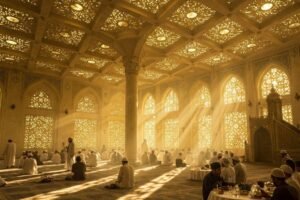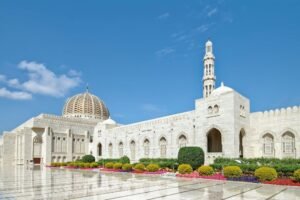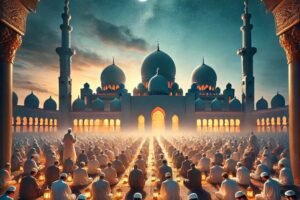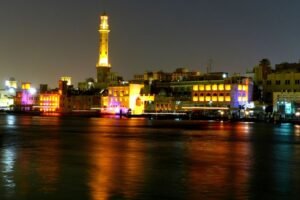Hue: Experience a Trip Down the Memory Lane to Enjoy the Royal Past:

Vietnam’s rich history unfolds in the ancient city of Hue, where emperors once ruled with grandeur. This former imperial capital showcases the legacy of the Nguyen Dynasty. From ancient palaces to magnificent tombs, Hue offers a fascinating glimpse into Vietnam’s royal heritage. Step into the past and experience the splendour of an empire that shaped the nation’s identity.
Exploring Ancient Palaces: A Walk-Through Hue’s Royal Legacy:
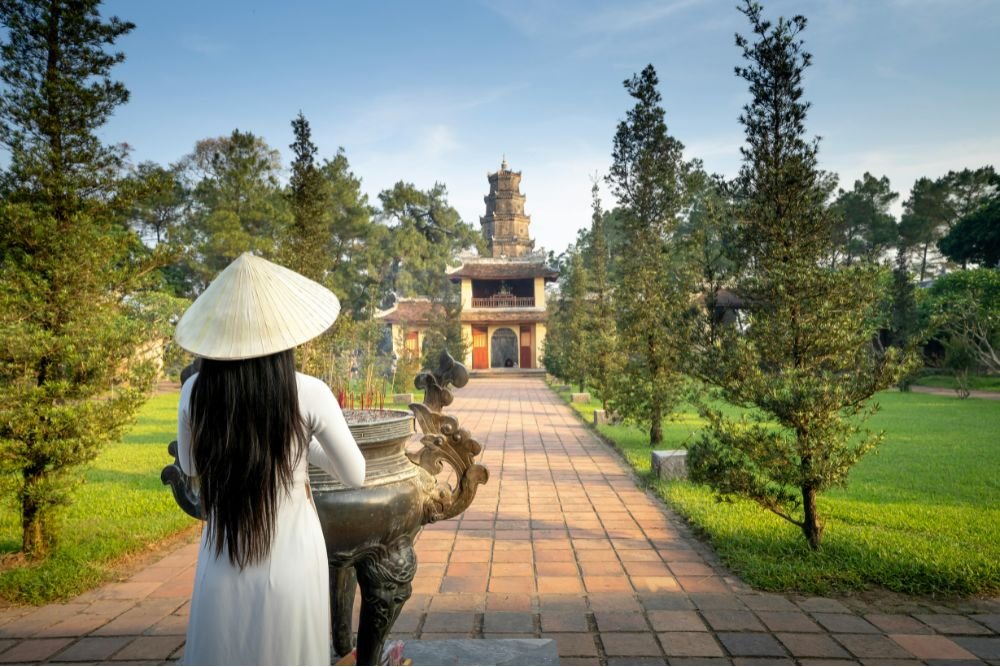
The Imperial City of Hue stands as a grand symbol of Vietnam’s monarchy. Built-in the early 19th century, this UNESCO-listed complex housed emperors, queens, and court officials. Its massive gates, intricate temples, and regal pavilions whisper stories of power and prestige. Walking through its courtyards, visitors can almost hear the echoes of royal ceremonies and festivities.
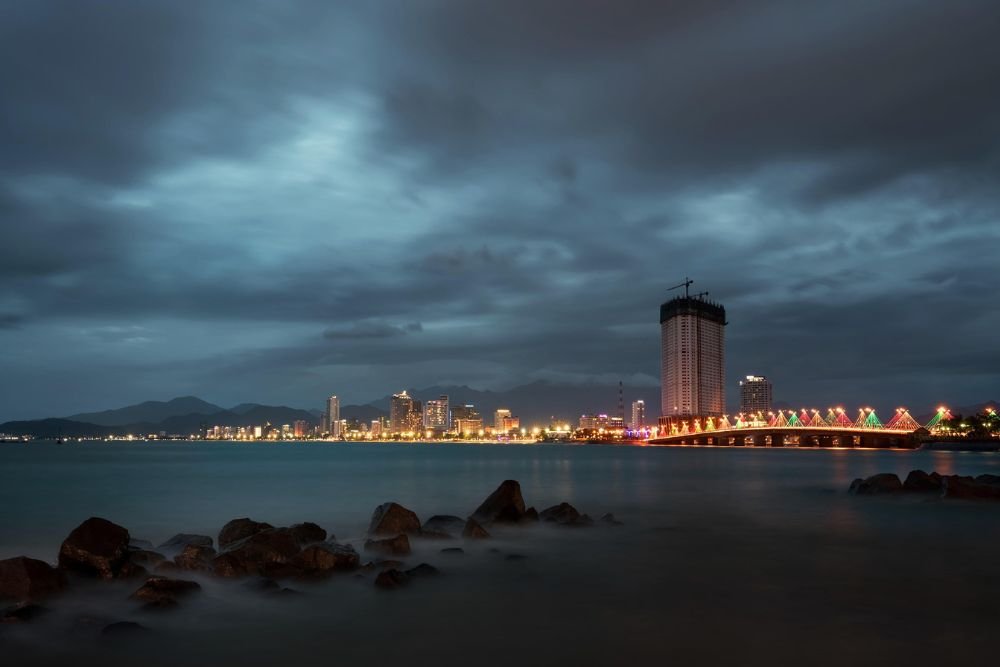
Among its many highlights, the Thai Hoa Palace impresses with its stunning golden throne. The Forbidden Purple City, once reserved for the emperor’s closest circle, adds an air of mystery. Beautifully designed pagodas and shrines reflect both spiritual and political significance. Each structure carries intricate carvings, dragon motifs, and vibrant lacquered details that bring the past to life.

Majestic Tombs: Resting Places of Vietnam’s Emperors:
The Nguyen emperors ensured their legacies lived on through magnificent tombs. Scattered along the Perfume River, these mausoleums blend architecture, nature, and mythology. Each tomb tells a unique story, showcasing the beliefs and aspirations of its ruler. Visiting these sites reveals the grandeur with which emperors bid farewell to the world.

The Tomb of Minh Mang is an architectural marvel, surrounded by lakes and gardens. It reflects balance, symmetry, and Confucian ideals of harmony. The Tomb of Khai Dinh, in contrast, exudes European influences, with elaborate mosaics and grand staircases. Meanwhile, the Tomb of Tu Duc captures poetic beauty, featuring lotus ponds and tranquil pavilions.
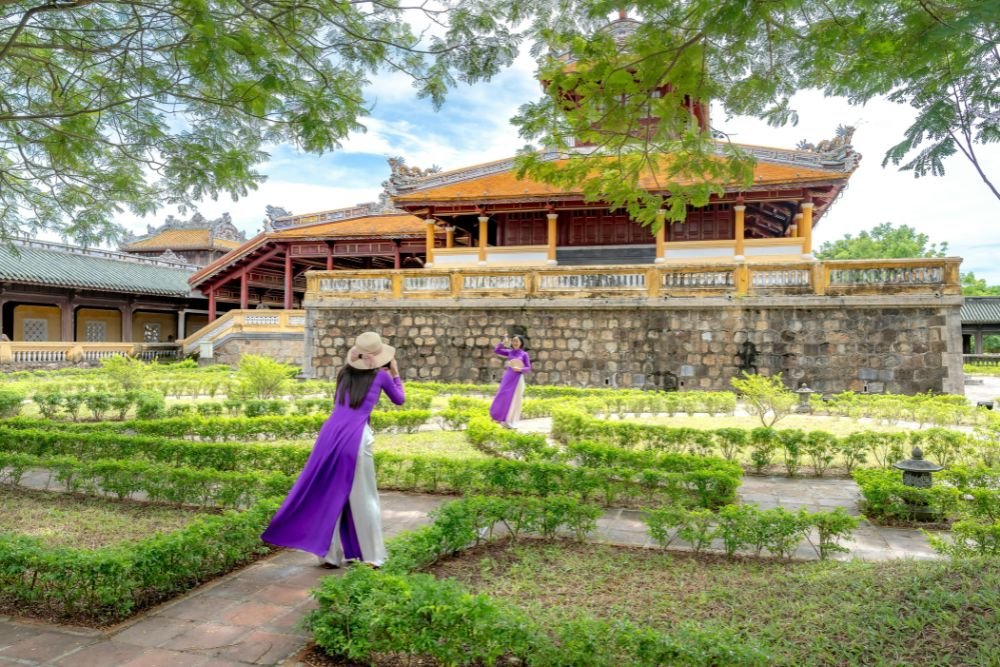
Imperial Treasures: Artifacts and Traditions That Endure:
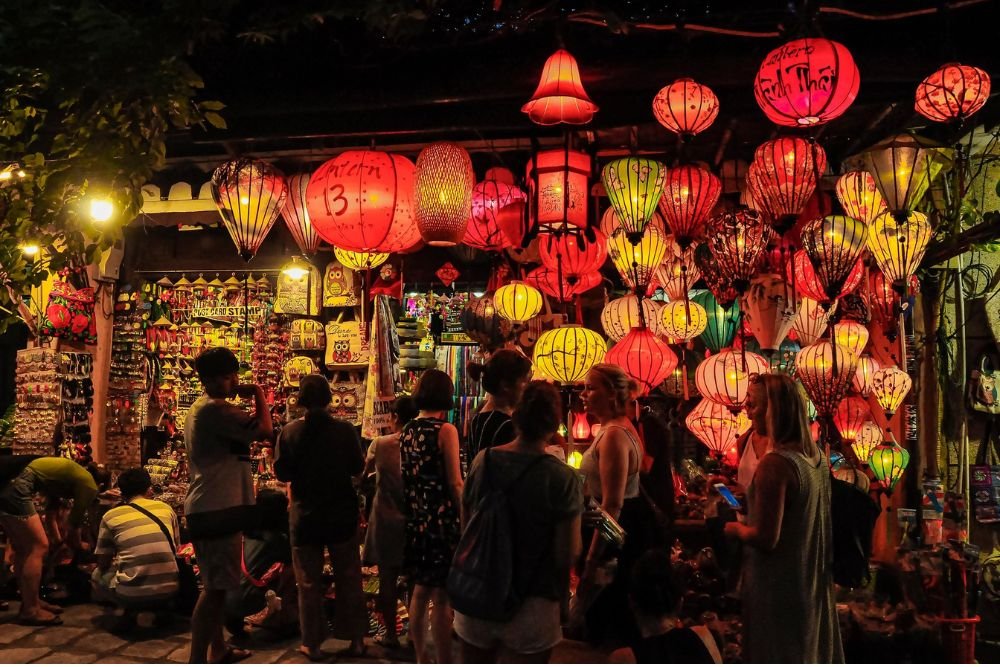
Beyond architecture, Hue’s royal past lives on through its artifacts and traditions. The Hue Museum of Royal Fine Arts displays a stunning collection of imperial costumes, ceramics, and ceremonial items. Gilded furniture, jade seals, and dragon-adorned robes reveal the wealth of Vietnam’s emperors. These treasures offer a rare glimpse into royal lifestyles, etiquette, and artistry.
Traditional court music, known as Nha Nhac, still echoes in Hue’s cultural landscape. Recognized by UNESCO, this imperial music was once performed for the monarchy. Today, visitors can witness these enchanting melodies at local performances. The legacy of royal cuisine also thrives, with dishes that were once reserved for the emperor now available for all to enjoy.
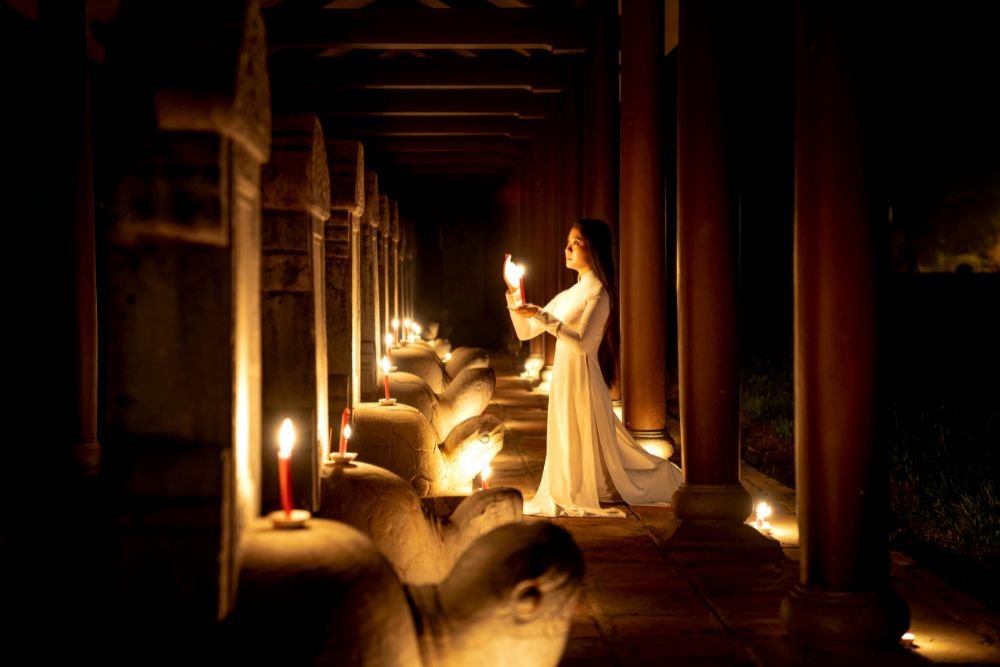
Step Into the Past: A Must-Visit Destination in Vietnam:
Hue is more than just a city; it is a portal into Vietnam’s regal past. Every palace, tomb, and treasure reveals a chapter of history waiting to be explored. The city’s rich heritage, combined with its serene riverside charm, makes it a top destination for history enthusiasts. For those who seek culture, architecture, and timeless traditions, Hue is an unforgettable experience.

Vietnam awaits those eager to walk in the footsteps of emperors. Make it a point to visit Hue and witness the imperial grandeur that still lingers in its landscapes. Your journey through Vietnam’s royal past will leave you captivated and enriched. Will you answer the call of history and step into the majesty of Hue?





